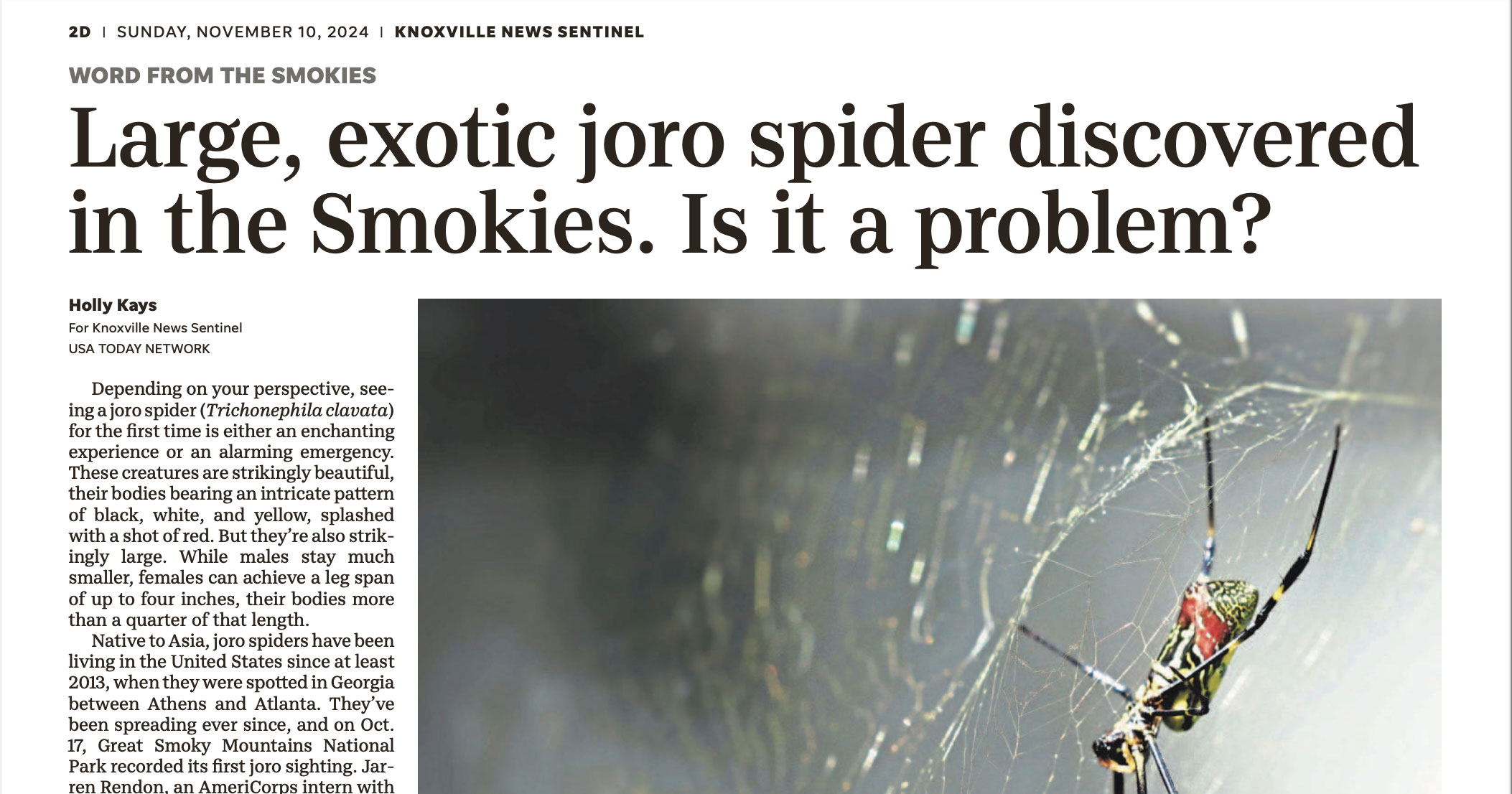
During my dozen years as a newspaper reporter prior to joining Smokies Life, I developed a visceral reaction to emails with subject lines like “Your story,” or “Recent article in [insert publication here].” People who take the time to track down a journalist’s email and send a note more often have a bone to pick than praises to sing.
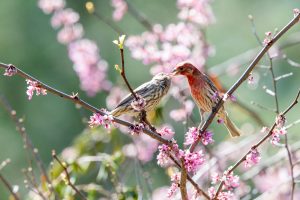
So it was with a bit of trepidation that, one month into my employment with Smokies Life this spring, I moused over an email with the ambiguous subject line “Bird article in Smokies.” I thought back through the story, a light feature on spring birding in the Southern Appalachians, wracking my brain for anything that may have given this reader cause for angst. Imagine my surprise when I opened the email to find only two short, gracious sentences: “What a well written interesting article. Thank you so much.”
Since then, I’ve learned that Smokies Life readers are a gracious bunch in general, with a genuine desire to know more about this place that binds us all together. “Your story” subject lines no longer give me the anxiety they once did, and notes from readers have become pleasant additions to my inbox. They’re reminders that the words I write connect with real people as they flow out into the world, and that these people appreciate and care for Great Smoky Mountains National Park just as much as I do.
No story I’ve written in the past nine months has elicited more correspondence than a November piece announcing that the invasive joro spider, whose range had been spreading since its 2013 discovery in the Atlanta area—well outside its native Asia—had been found in the Smokies. It’s not surprising this story prompted a strong reaction. Though they’re exceptionally nonaggressive compared to other spider species, and their bites are medically insignificant when they do occur, the prospect of meeting one of these spiders in the woods is an alarming prospect to many people. Female joro spiders can reach 4 inches in length (counting their legs), their bodies covered with an intricate pattern of black, white, and yellow, splashed with a shot of red; their webs are large and strong enough to hold a perched bird.
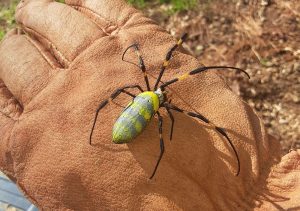
This set of facts led to a slew of predictable comments when the story, published by both the Knoxville News Sentinel and the Asheville Citizen-Times, was posted on social media: “I hate all spiders,” “A good spider is a dead spider,” and a short, succinct, “Oh hell no.”
But soon a series of more thoughtful reader feedback made its way to my inbox. A couple people wrote in to share photos of joro spiders they’d spotted on their property (one turned out to be a yellow garden spider, a native species that looks somewhat similar), and a few more told me about their evolving relationships with the spiders that had taken up residence in their porches and backyards.
A reader named Robin who lives northeast of Atlanta, the epicenter of the US joro spider population, said the area has been “inundated” with joros, and last year, some of the spiders spun their webs outside her kitchen window. She began to spend time watching them: “Some would mimic my hand move after waving. Some were friendly while others didn’t get close.”
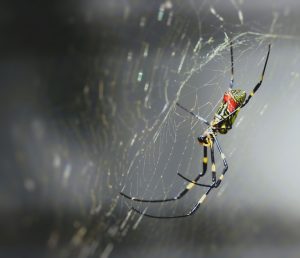
Perhaps one of my favorite letters came from Michelle, a reader who resides just east of Atlanta. She credited the joro spiders living around her house with helping to quell some of her “serious arachnophobia.” This year they built their webs closer to the house than they had in the past, allowing her to observe them “from a respectable distance.” She found herself appreciating their “impressive” webs and the efficiency with which they nabbed the many insects pervading southern backyards.
“One of them disappeared from the web a week ago and I have actually kind of missed it,” she wrote.
The jury is still out on whether joro spiders will cause any serious ecological issues as they continue spreading throughout the United States. But Burt Kornegay, a Jackson County, North Carolina, outdoorsman and writer who I had the pleasure of editing during my previous professional life at the Smoky Mountain News, wrote that his “chief dismay” related to the joro spider is “not ecological . . . but amble-logical.” In an email, Burt shared that he and a friend had embarked on a weeklong canoe trip this September along Georgia’s Savannah River, where joro spiders have been established for years.
“When we got out to walk in the forest along the river, we found the woods hung with joro spider webs,” he wrote. “You could not go but a few feet without running into still another of these big, face-high, body-wrapping constructions. Our simple exploratory amble in the woods lost much of its pleasure, eventually became an avoid-the-webs retreat to our canoes.”
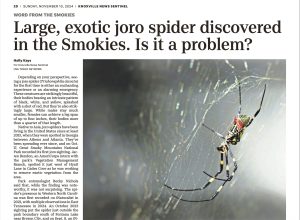
If the spiders spin their webs as prolifically in the Smoky Mountains region as they did along that riverside, he fears, everything from hiking to hunting will become less enjoyable.
“I’m not looking forward to seeing those spiders here—any more than I did the arrival of the brown marmorated stink bugs,” he wrote.
I don’t know what 2025 will hold for the Smokies—regarding the joro spider or anything else, for that matter—but it’s good to know that Smokies Life has such a large audience of people who care, and who are committed to staying in conversation as we navigate the future together.
Thoughts to share on this piece or any other Smokies Life stories? Send me a note at hollyk@smokieslife.org.
Subscribe to get the latest posts sent to your email.
The Great Smokies Welcome Center is located on U.S. 321 in Townsend, TN, 2 miles from the west entrance to Great Smoky Mountains National Park. Visitors can get information about things to see and do in and around the national park and shop from a wide selection of books, gifts, and other Smokies merchandise. Daily, weekly, and annual parking tags for the national park are also available.